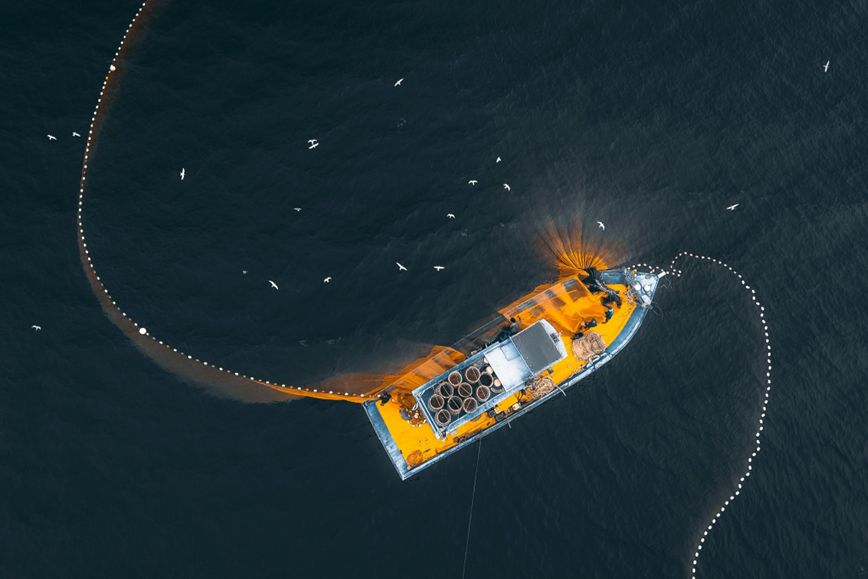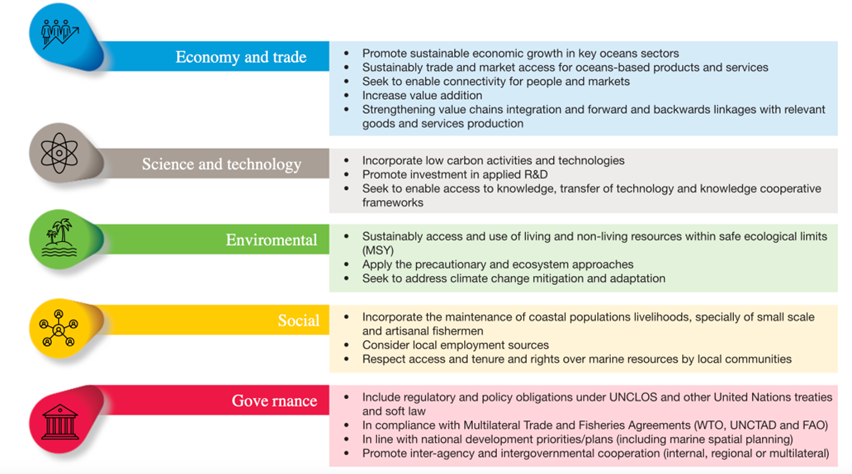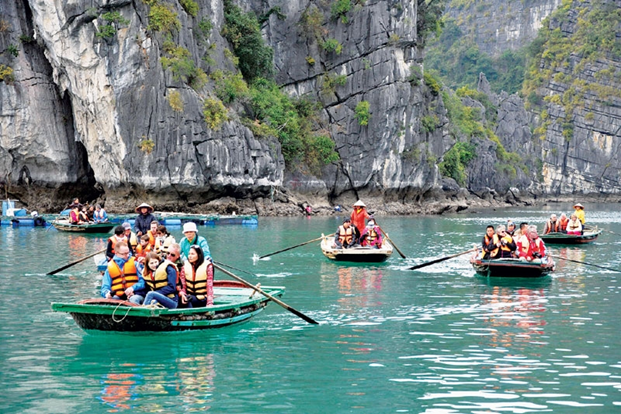-
-
-
Tổng tiền thanh toán:
-
2024-07-05
Viết bởi CÔNG TY CỔ PHẦN CÔNG NGHỆ 111 VIỆT NAM / 0 bình luận

Sustainable Development Goal (SDG) 14.7 aims to significantly increase the economic benefits to Small Island Developing States (SIDS) and Least Developed Countries (LDCs) from the sustainable use of marine resources by 2030. A pivotal component of achieving this ambitious goal is the adoption of innovative technologies, such as LED 111 lights, which can drastically enhance sustainable fisheries and aquaculture management.
The Ocean Economy in Developing Countries
The ocean economy is a vital source of livelihood and financial development for citizens of developing nations. Globally, maritime commercial activities are valued at up to $6 trillion USD, directly affecting the lives of 3 billion people. However, our oceans are under immense strain from the impacts of climate change, pollution, and unsustainable fishing practices that continue to ravage coastlines worldwide.

The Five Pillars of a sustainable Oceans Economy (source: UNCTAD)
According to the United Nations Conference on Trade and Development (UNCTAD), creating a sustainable ocean economy requires the deployment of low-carbon technologies, enhancing connectivity between people and markets, and the protection and integration of coastal communities, particularly small-scale and artisanal fishermen. With these goals in mind, we have spent a decade working closely with fishermen across Southeast Asia to develop safe and sustainable lighting solutions.
The Role of LED 111 Lights in Sustainable Fishing

LED 111 lights are a game-changer for the fishing industry, particularly for SIDS and LDCs. Here’s how:
1. Energy Efficiency: LED 111 lights are highly energy-efficient compared to traditional lighting systems. This efficiency can reduce fuel consumption by over 50% for fishing vessels, leading to considerably lower operational costs. For small-scale fishermen in SIDS and LDCs, this translates to higher profit margins and improved economic stability.
2. Targeted Fishing: LED 111 lights can attract specific fish species, reducing bycatch and ensuring that only target species are harvested. This selective fishing approach helps maintain fish populations and supports the long-term sustainability of marine resources.
3. Enhanced Safety and Productivity: The superior illumination provided by LED 111 lights improves visibility during night fishing operations, enhancing safety and allowing for more productive fishing expeditions. Increased productivity directly boosts the income of local fishermen.
Economic Benefits and Community Impact
The 111 Vietnam Technology Joint Stock Company specializes in high-performance LED lights for offshore fishing vessels. T
The adoption of LED 111 lights has a direct positive impact on the economies of SIDS and LDCs:
Job Creation: As fishing practices become more efficient and profitable, there is potential for job creation in the fishing and ancillary industries, including boat maintenance, fish processing, and distribution.
Income Generation: Reduced operational costs and increased fish catch efficiency mean higher incomes for fishermen. This uplift in income can lead to better living standards and increased economic activity within communities.
Sustainable Tourism: By preserving marine ecosystems through sustainable fishing practices, SIDS and LDCs can enhance their appeal as destinations for eco-tourism and sustainable tourism. Healthy marine environments attract tourists, creating additional revenue streams for local economies.

Case Study: 111 Vietnam Technology Joint Stock Company
The 111 Vietnam Technology Joint Stock Company (https://en.111.com.vn/) specializes in high-performance LED lights for offshore fishing vessels. Our products are designed to be durable, completely weather- and water-proof, and energy-efficient, making them ideal for sustainable fishing practices. By providing reliable and efficient lighting solutions, we support the fishing industry in its transition to more sustainable operations.
Our customers have reported using up to 53% less fuel, a 25% decrease in bycatch, while boosting their profit as much as 50%. Additionally, the concentrated lighting reduced the disruption to local marine ecosystems, contributing to the health and sustainability of the fishing grounds.
Conclusion
The integration of LED 111 lights into the fishing practices of SIDS and LDCs is a significant step toward achieving SDG 14.7. By improving energy efficiency, reducing bycatch, and enhancing safety and productivity, LED 111 lights contribute to the sustainability and economic viability of marine resources. This innovation not only supports the livelihoods of local fishermen but also promotes broader economic growth and environmental stewardship in vulnerable coastal communities. Embracing such technologies is essential for fostering a sustainable ocean economy that benefits everyone.




